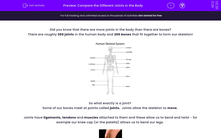Did you know that there are more joints in the body than there are bones?
There are roughly 360 joints in the human body and 206 bones that fit together to form our skeleton!
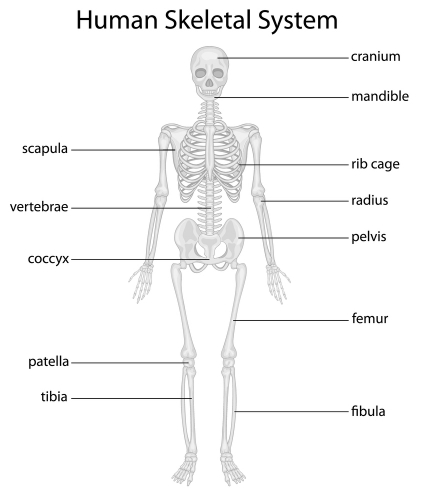
So what exactly is a joint?
Some of our bones meet at points called joints. Joints allow the skeleton to move.
Joints have ligaments, tendons and muscles attached to them and these allow us to bend and twist - for example our knee cap (or the patella) allows us to bend our legs.
.jpg)
Most joints have ligaments and these connect a bone to another bone. They're made of a tough elastic tissue and keep our bones in line, limiting the bone's movement so it bends as it should.
Tendons are a strong flexible tissue which attach muscles to the bone. When a muscle contracts it pulls on a tendon, which then pulls on a bone making it move. The knee has a tendon attached to the knee cap (patella). Can you see it in the image below?

The ends of bones in a joint have a soft tissue called cartilage covering it. Cartilage stops bones rubbing against one another. Like sandpaper wears away wood, the bones in a joint will wear away if there isn't something protecting it. There's also a thick, clear fluid called synovial fluid which coats the end of the bones and cartilage, to reduce friction. Like oil on a bike chain prevents friction, the synovial fluid also reduces the friction between the bones in a joint.
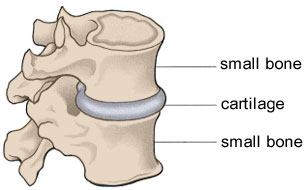
There are four main types of joints in the human skeleton. These are called hinge joints, pivot joints, ball and socket joints and fixed joints.
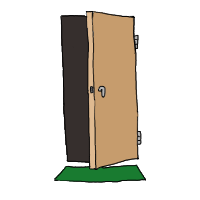
A hinge joint allows movement in two directions. It allows 180° movement, like a door hinge! The knee and elbow both have hinge joints.

Pivot joints allow bones to rotate around each other. One bone is normally fixed and doesn't move while the other moves. The wrist bones in the image above have pivot joints - these rotate when trying to open a jar. Pivot joints in our neck also allow us to move our head from side to side.
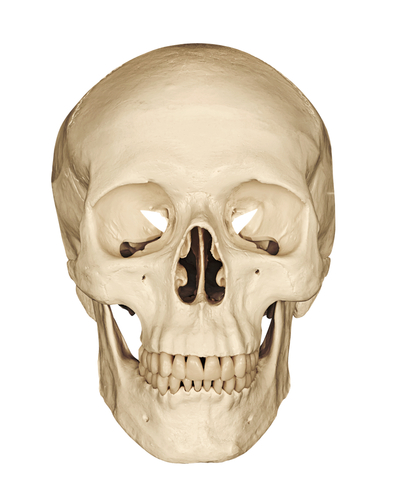
The skull is actually made of different bones. However, these fit tightly together and can't move at these fixed joints. Fixed joints have the important job of providing the skeleton with stability in the areas they're found. Babies don't have fixed joints in their skull, so their bones are actually separate. This allows them to be moved when pushed out of the birth canal when being born - their skull becomes fused as they grow.
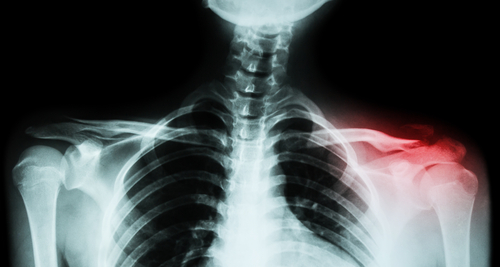
Can you find the shoulder in the x-ray image above?
You can see the ball-shaped end of the upper arm bone. This sits in the shoulder blade which is known as the 'socket' and allows the arm to move around 360°. Ball and socket joints allow the most movement in comparison to the other joints. Our shoulder is the most mobile but also most at risk of damage!
In this activity, we're going to compare the roles and adaptations of the different joints in the skeleton.

